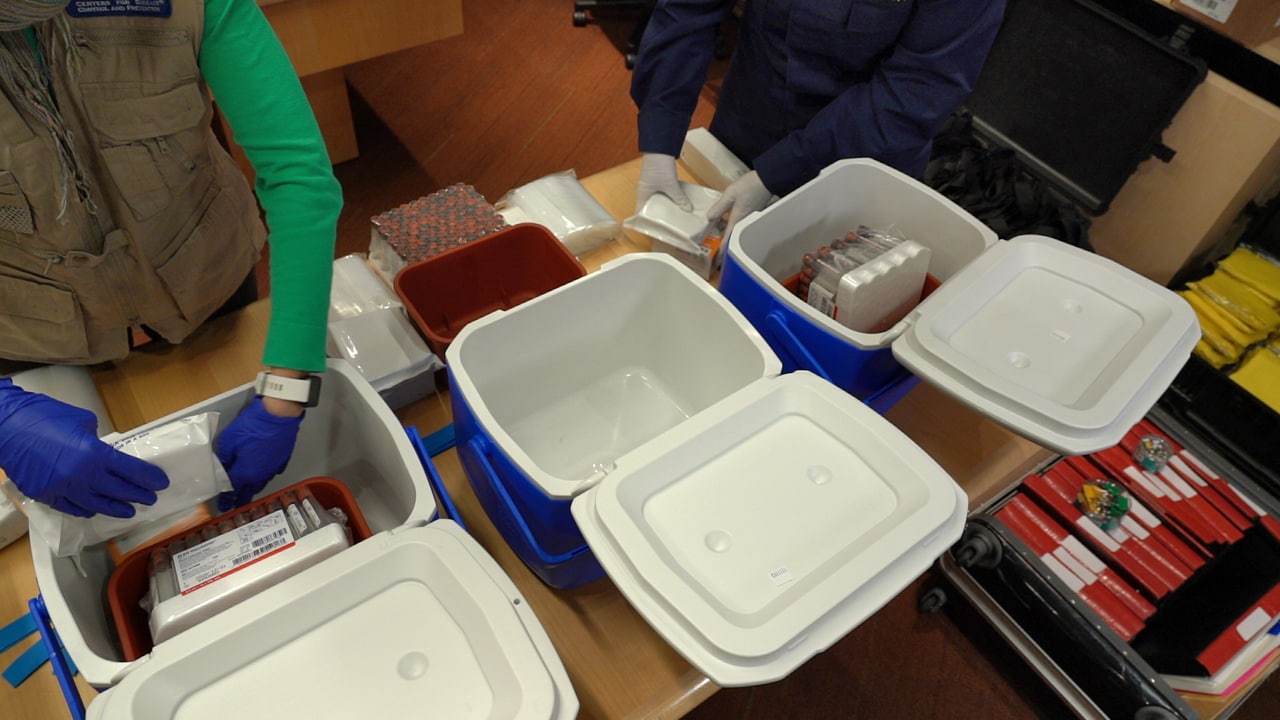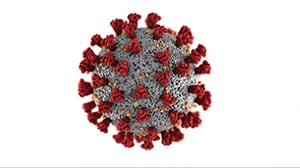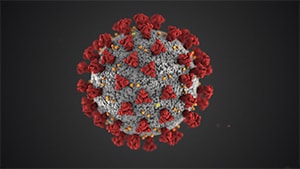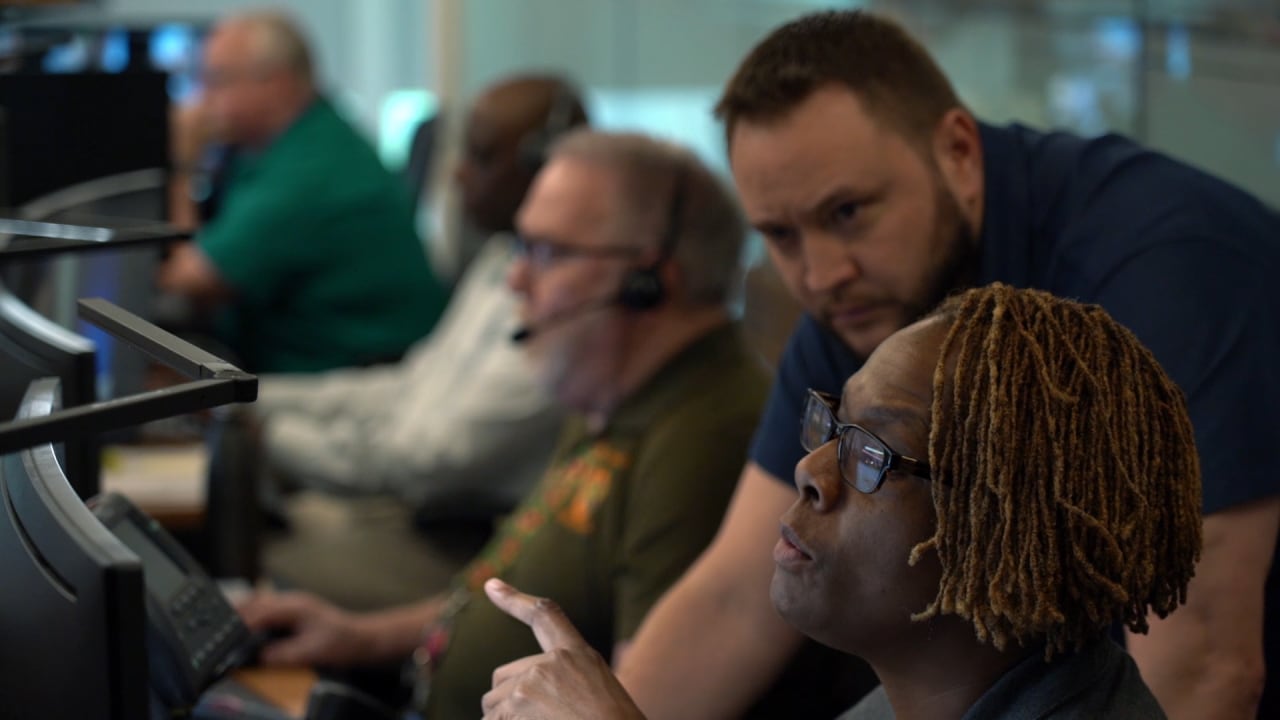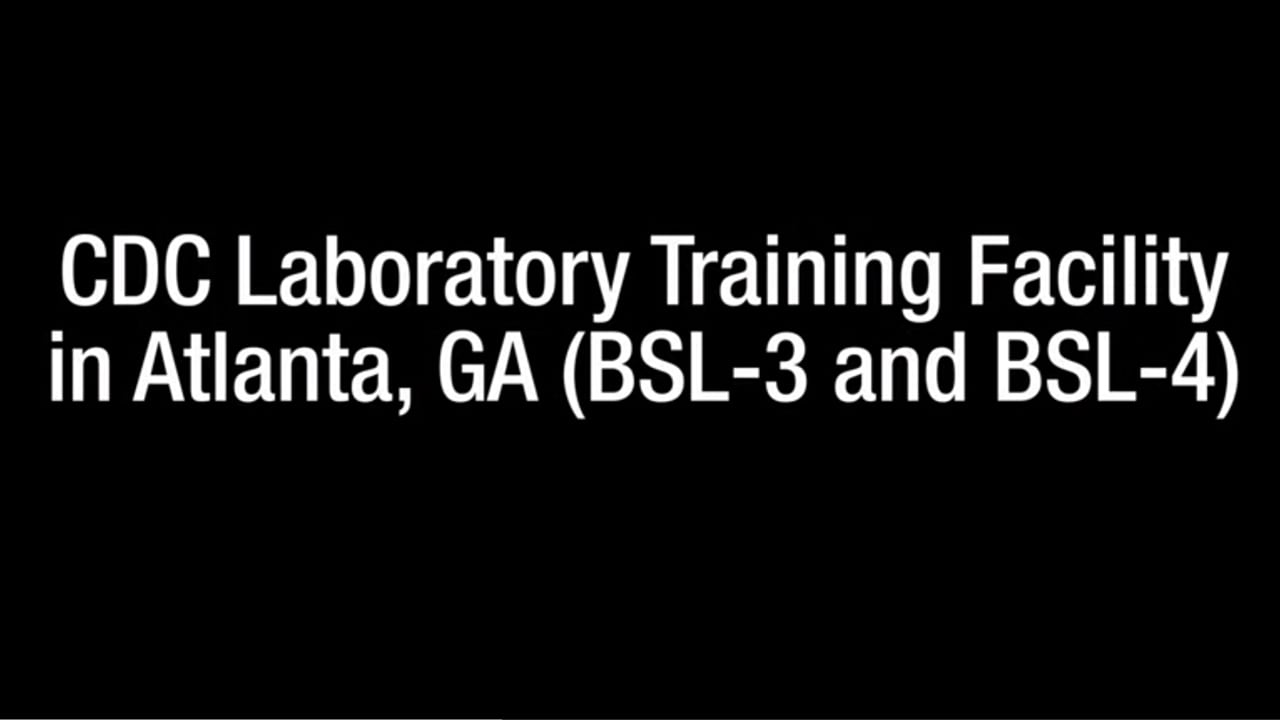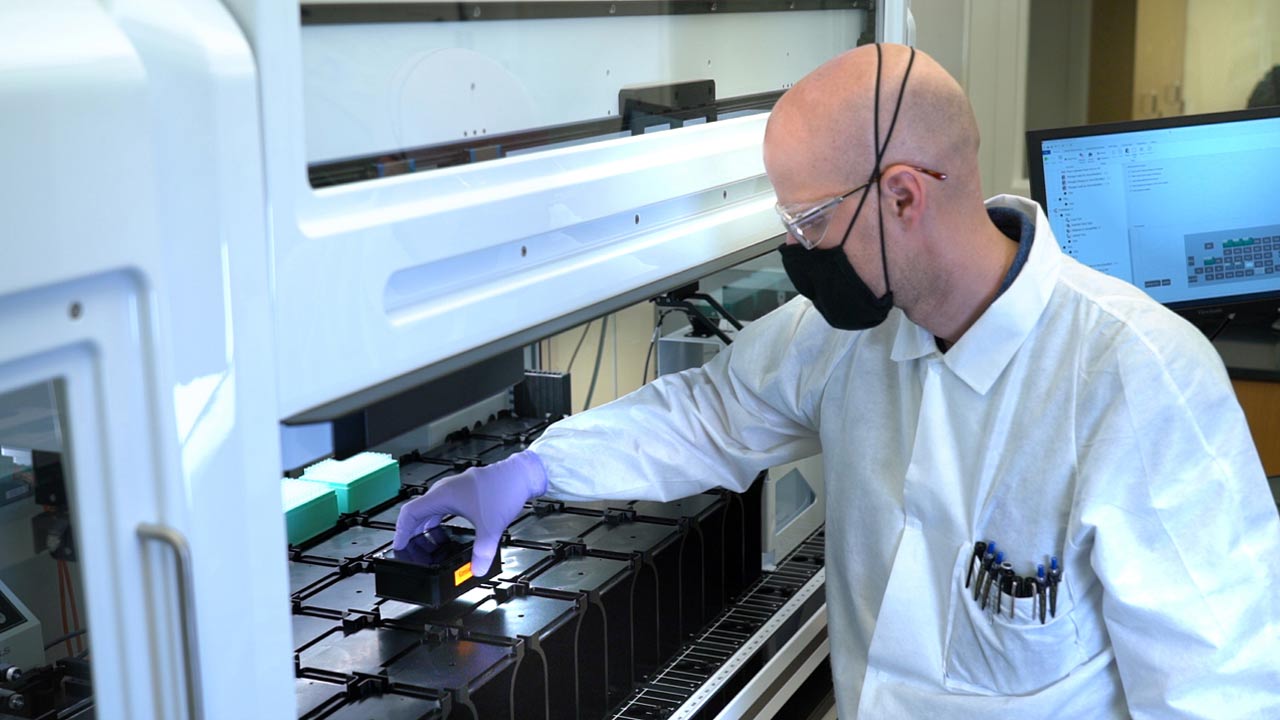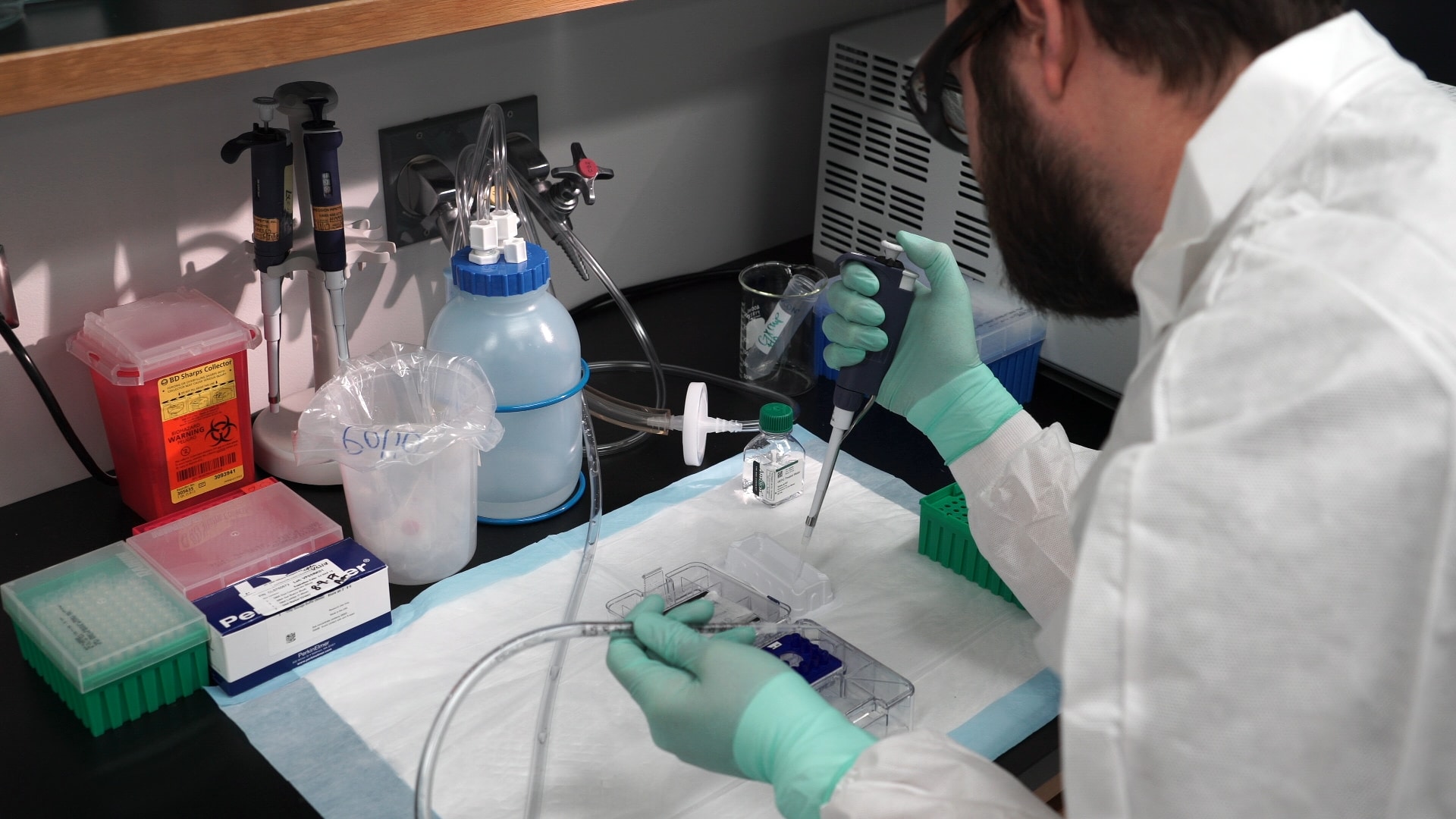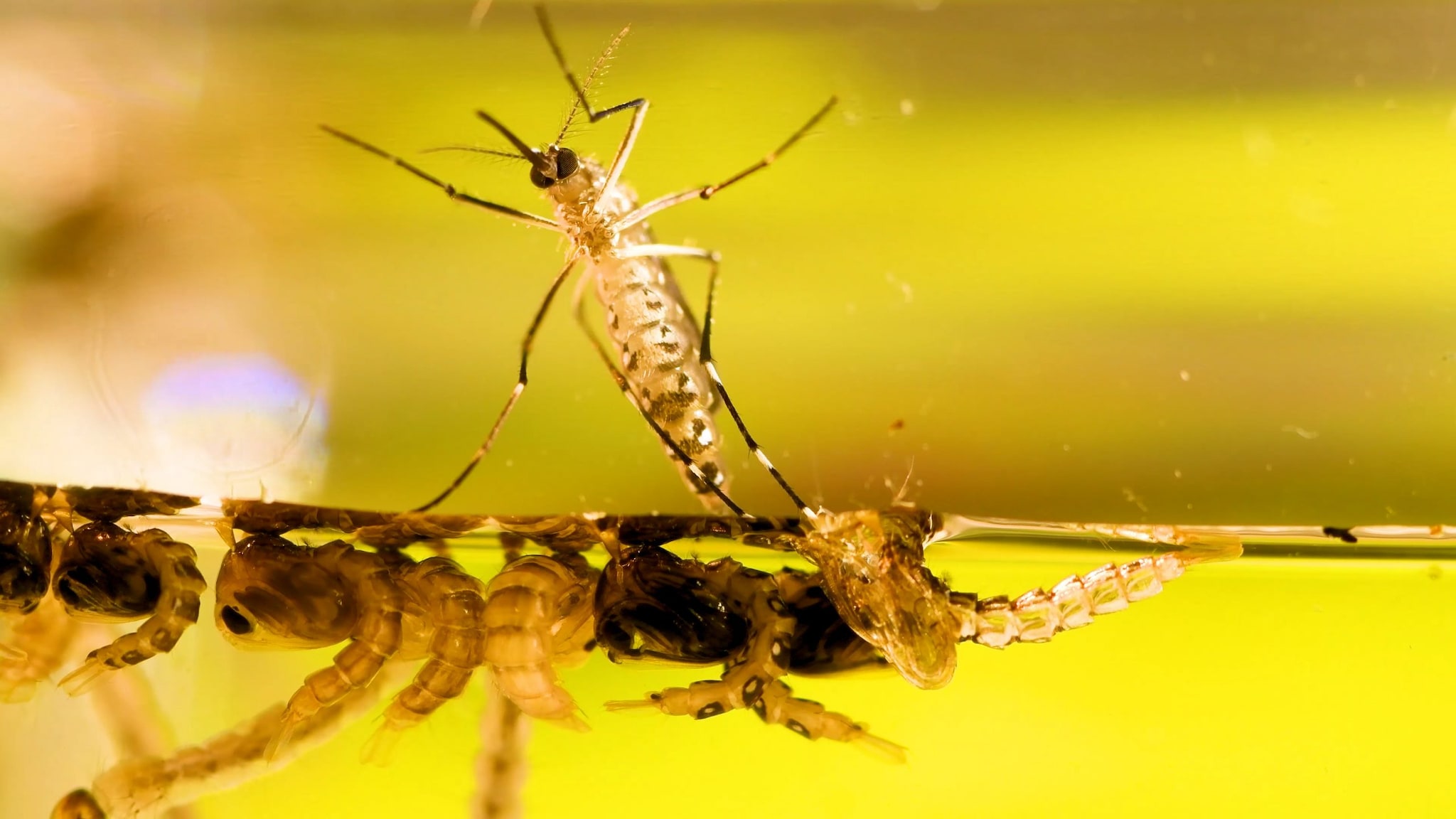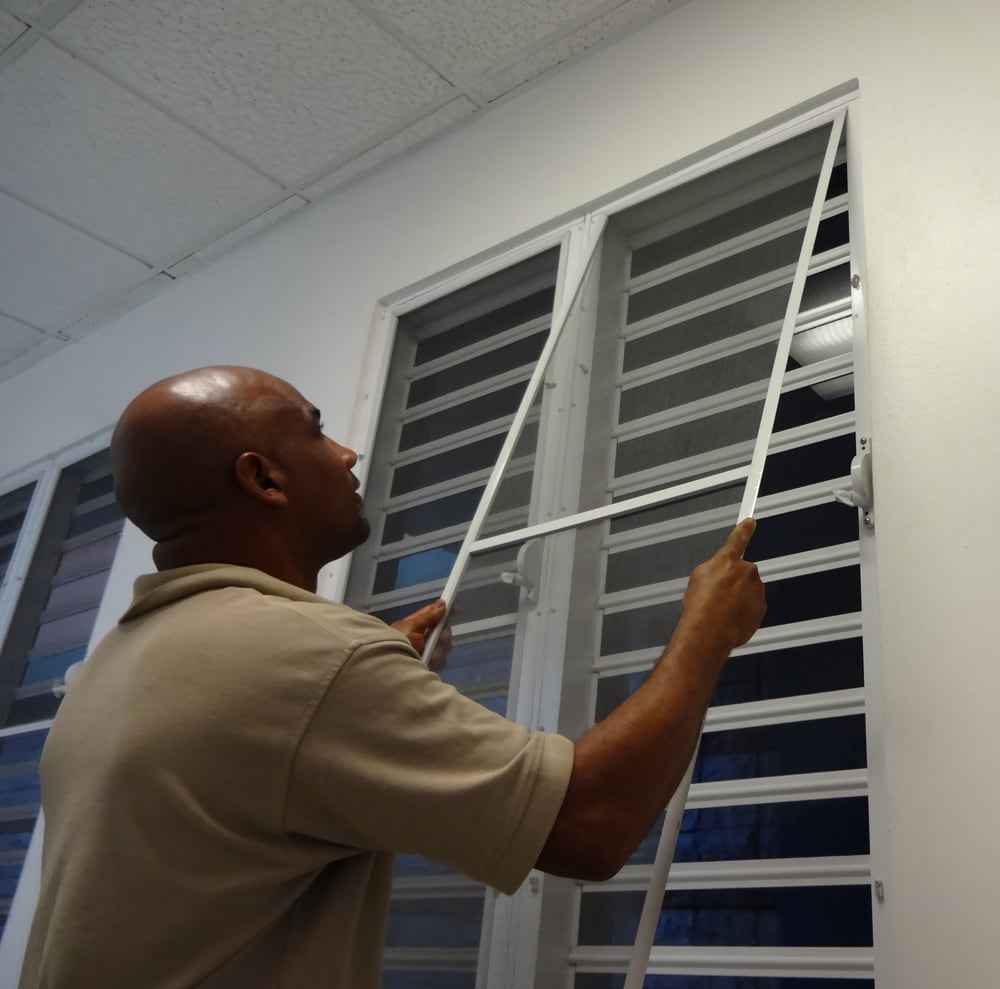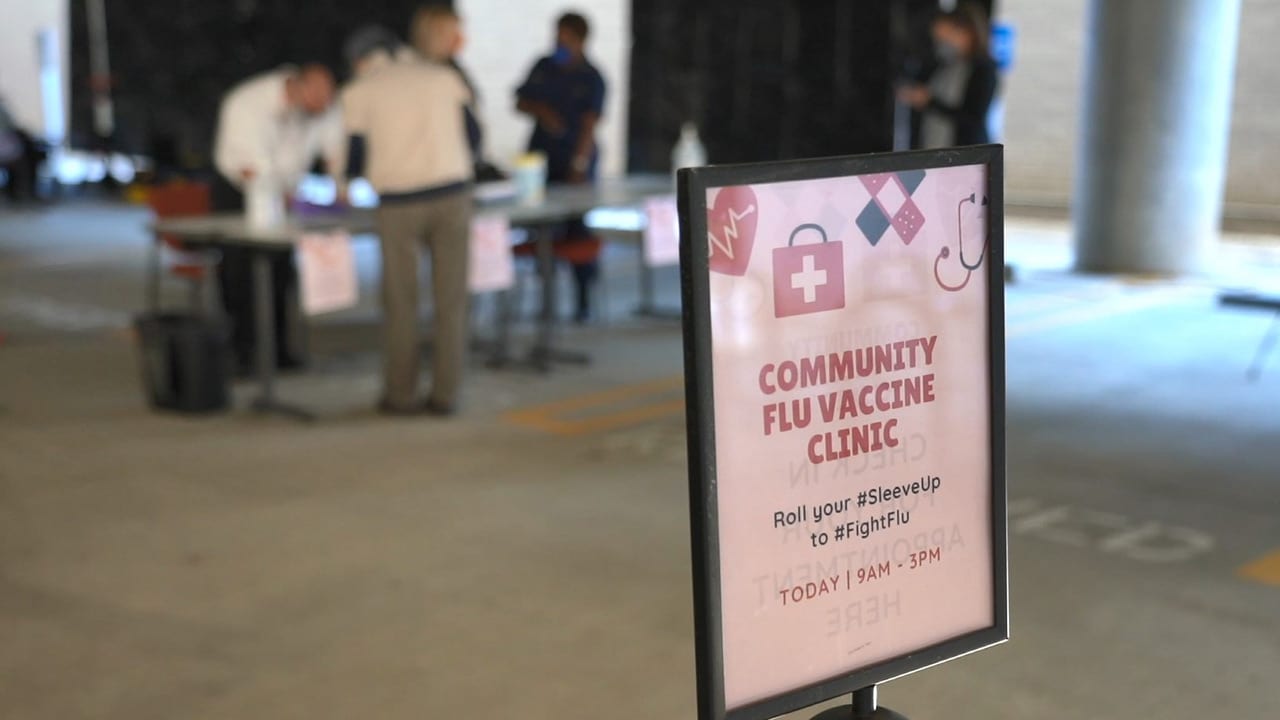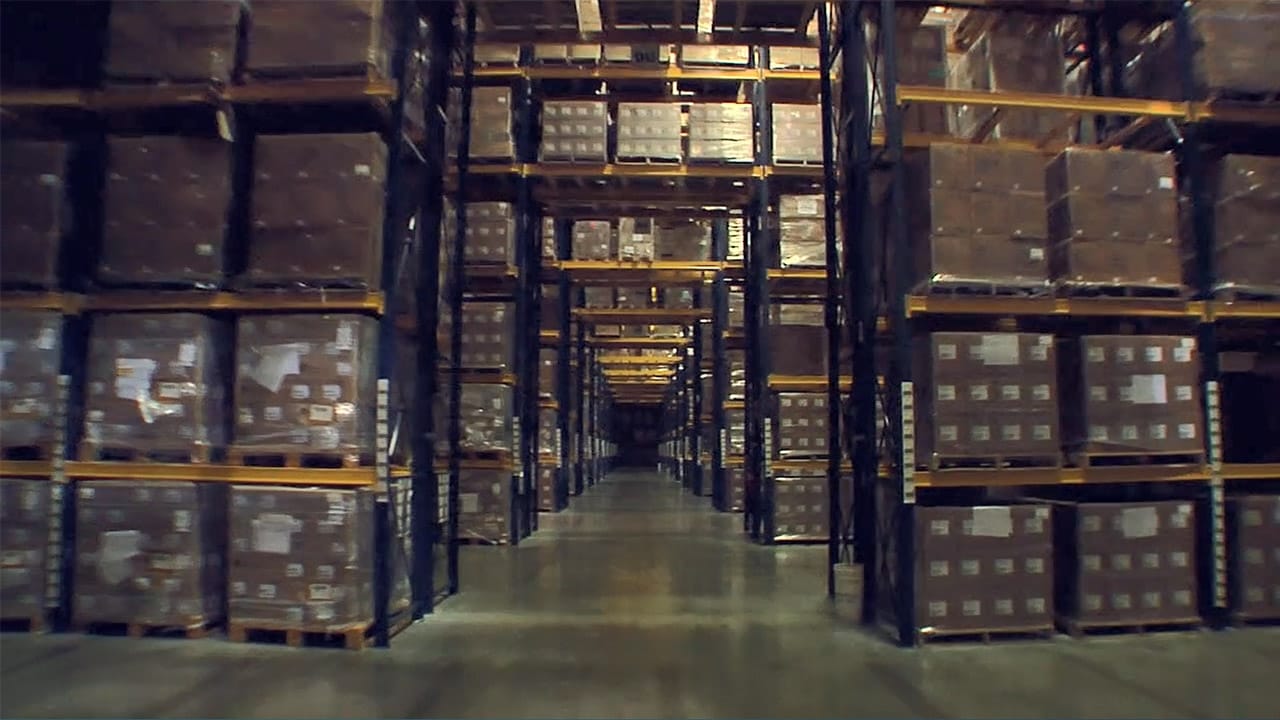Digital, B-Roll, and Image Resources
For images, visit the Public Health Image Library (PHIL). We also recommend the National Library of Medicine image library.
CDC b-roll is produced by the United States Government and is in the public domain. This means that the footage is meant for public use and is not subject to copyright law protections. Permission is not required for use of public domain items. However, we do ask that you cite CDC as the source.
To download any video file, right click on the video link and select “Save target as”.
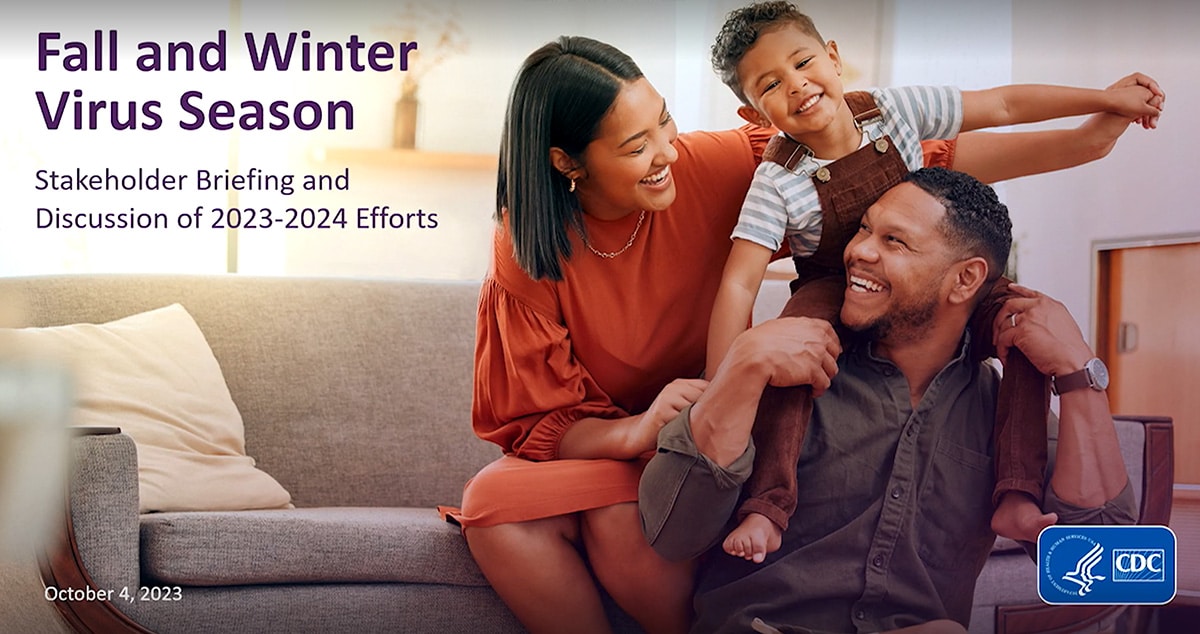
Stakeholder briefing from CDC Director Dr. Mandy Cohen, Dr. Demetre Daskalakis, Dr. Dylan George, Dr. Nirav Shah and Kevin Griffis
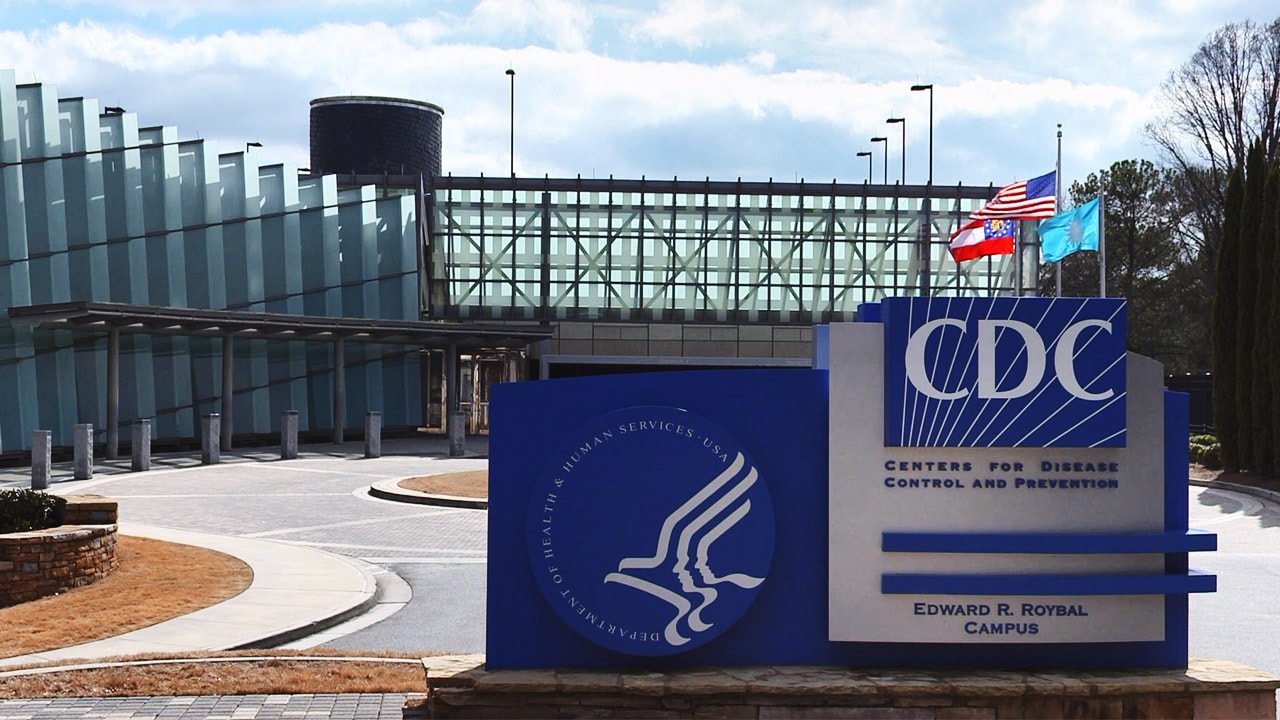
This b-roll clip shows exterior footage of CDC’s Headquarters Building, Global Communications Center, and landscape in the winter.
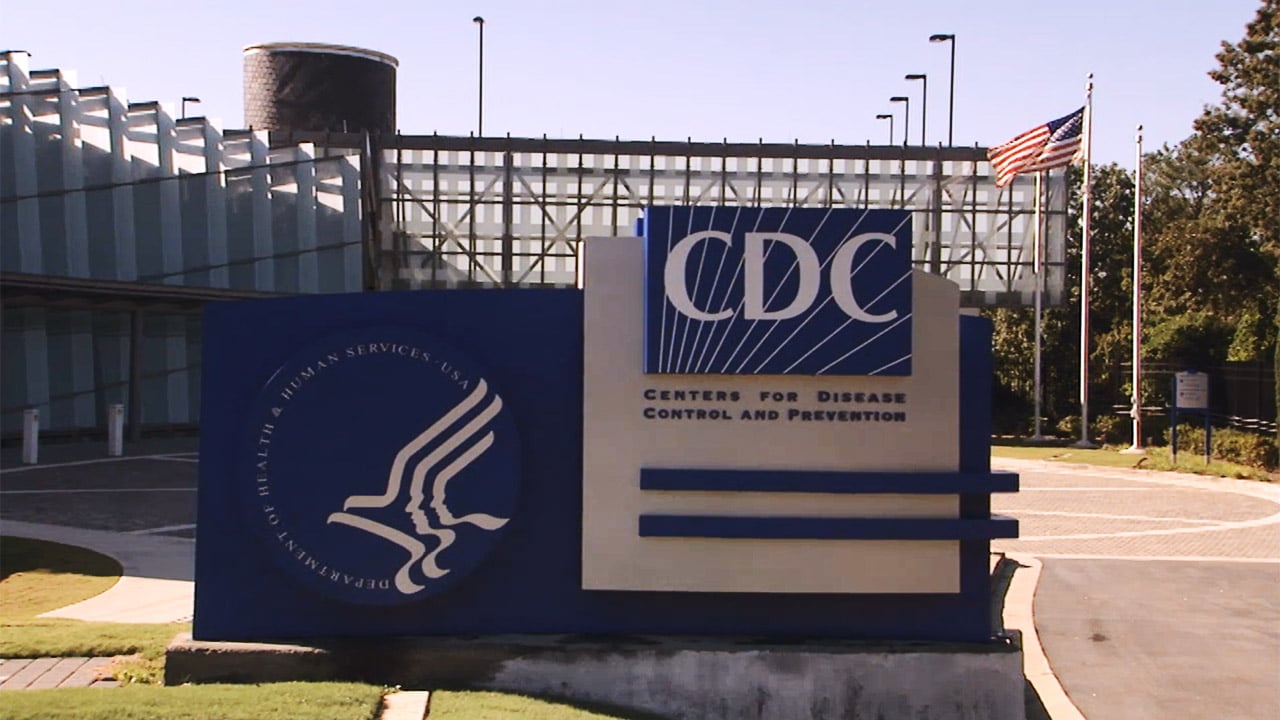
This footage shows exterior footage of CDC’s Headquarters Building, Global Communications Center, and landscape.
Digital Rights and Policy
CDC materials available on the website are in the public domain (free of copyright restrictions) unless otherwise noted.
The CDC logo is NOT in the public domain. It is a registered trademark and may not be used by non-CDC parties without written permission or a trademark license agreement. If you are a partner and would like to enter into a trademark license agreement with CDC, please contact the Office of Technology and Innovation via e-mail at tto@cdc.gov.
CDC does not engage in reciprocal linking, and typically only links to other government websites and websites created by CDC’s partners. CDC cannot endorse nor guarantee in any way the external organizations, services, advice, or products included in non–governmental or non–partner website links. However, the CDC website is a public domain website, which means you may link to us at no cost and without special permission. For more information on CDC’s linking policy.
